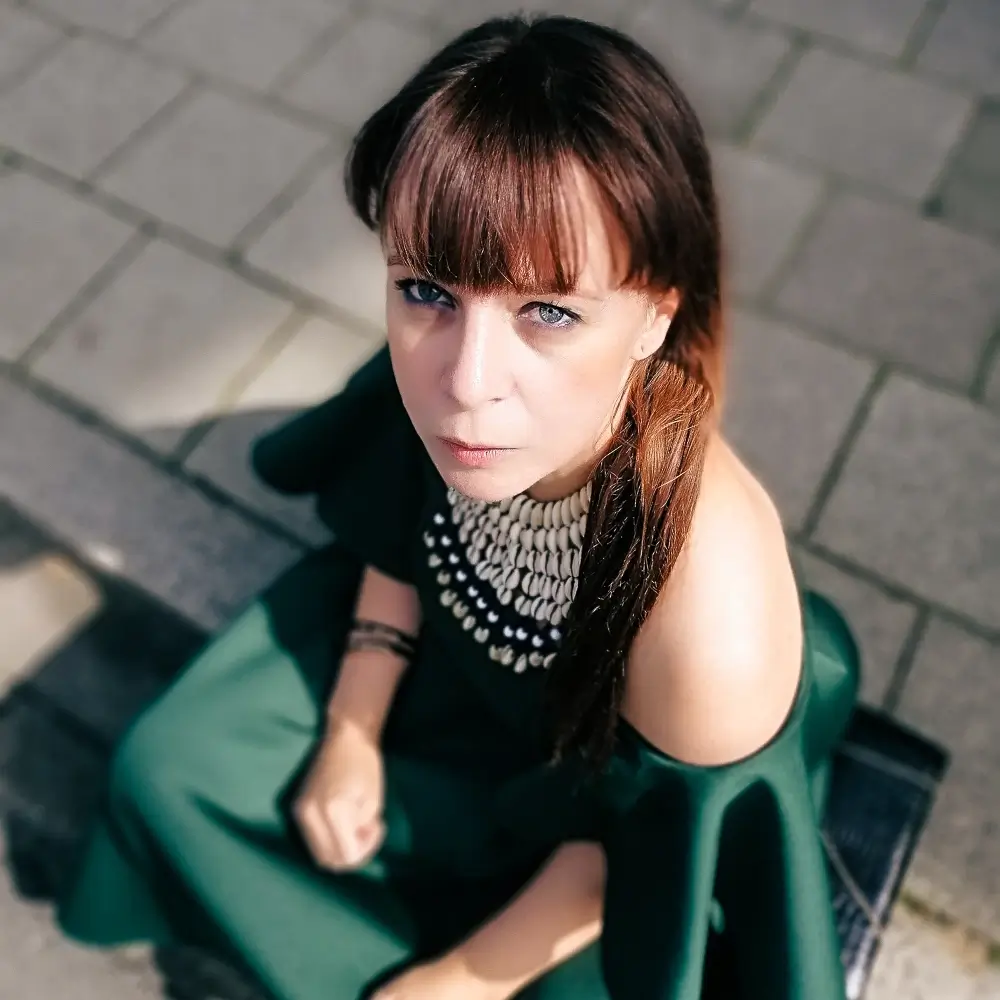Isabel Mombaerts is a Belgian photographer and dedicated school educator, whose lifelong commitment to the arts is woven through almost every aspect of her life. From her earliest studies to her current work, art has remained her compass, honing her unique photographic voice and securing several awards along the way. These accolades underscore her deep passion for capturing the world’s beauty and complexity with honesty and insight.
In the classroom, Isabel instills this vision in her students, encouraging them to approach the world with curiosity and an open mind. Her photography reveals life’s raw spontaneity, whether through the dynamic energy of street scenes, the layered narratives of documentary work, or the intimacy of portraiture. By stepping back as a silent observer, she allows her subjects to express their truest selves, creating images that resonate with the profound and timeless connections among people. Through each portrait, she bridges herself to her subjects, crafting powerful, soulful snapshots that capture the intricate, quiet moments that define what it means to be human.
Statement
The most thrilling aspect of photographing humans is the unpredictability. It’s about capturing the gift that emerges when you’re truly observing
